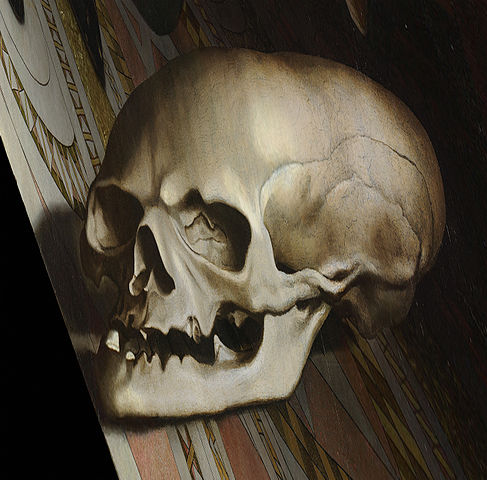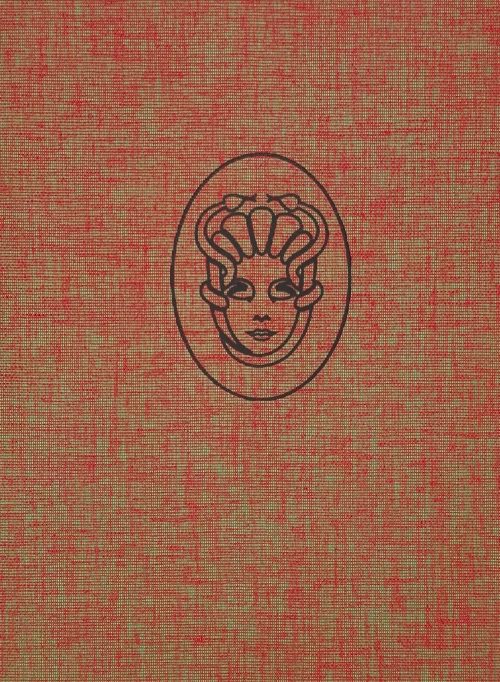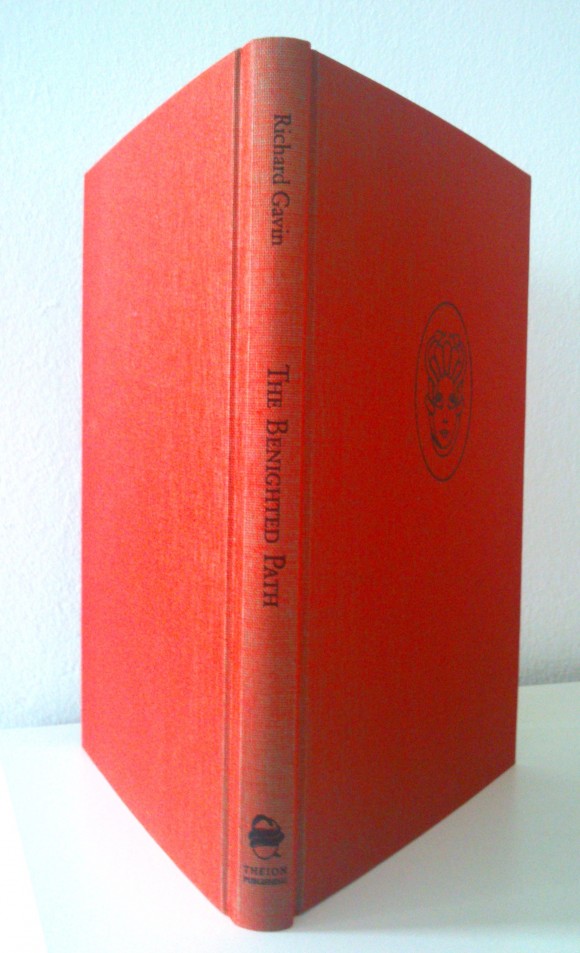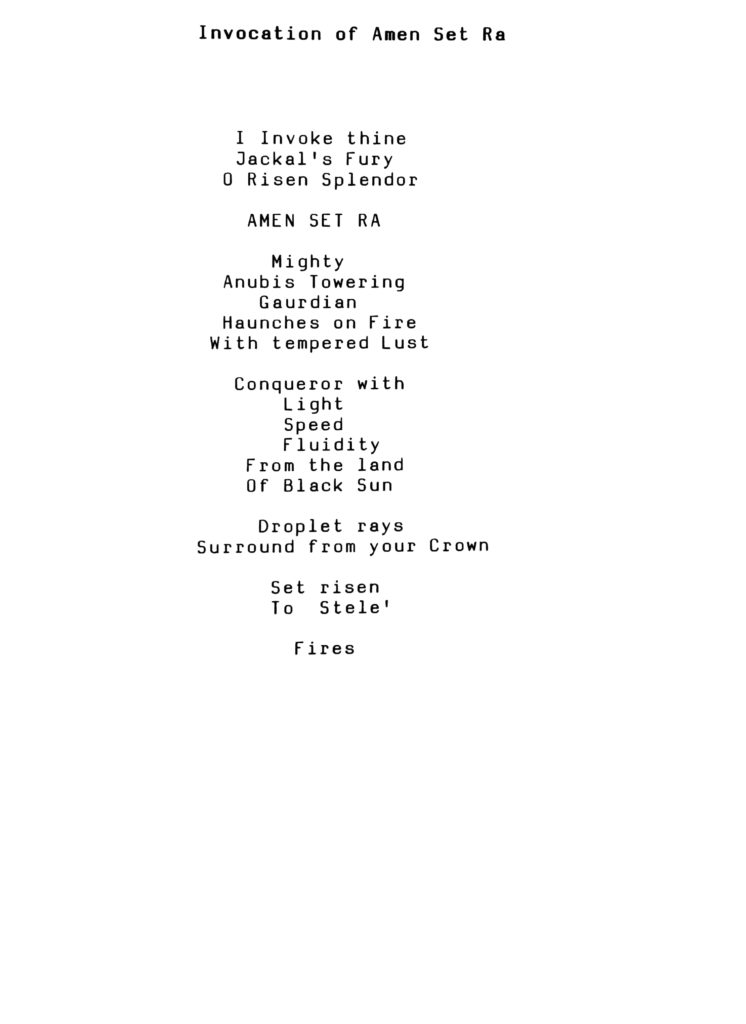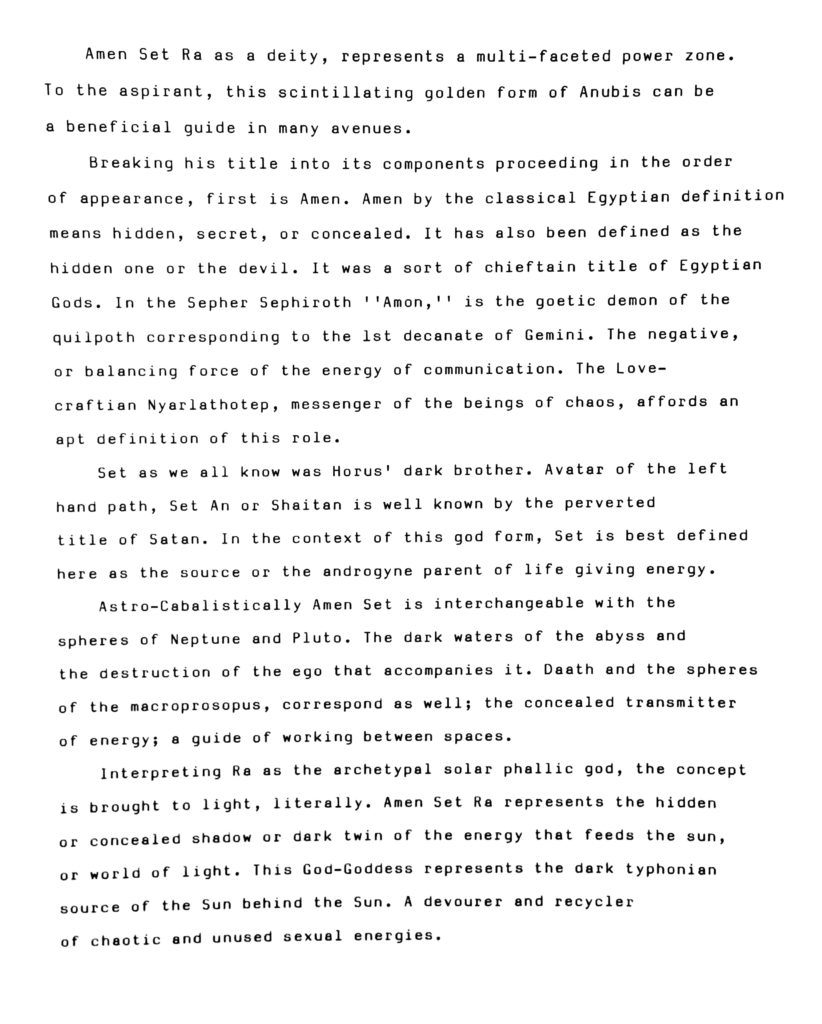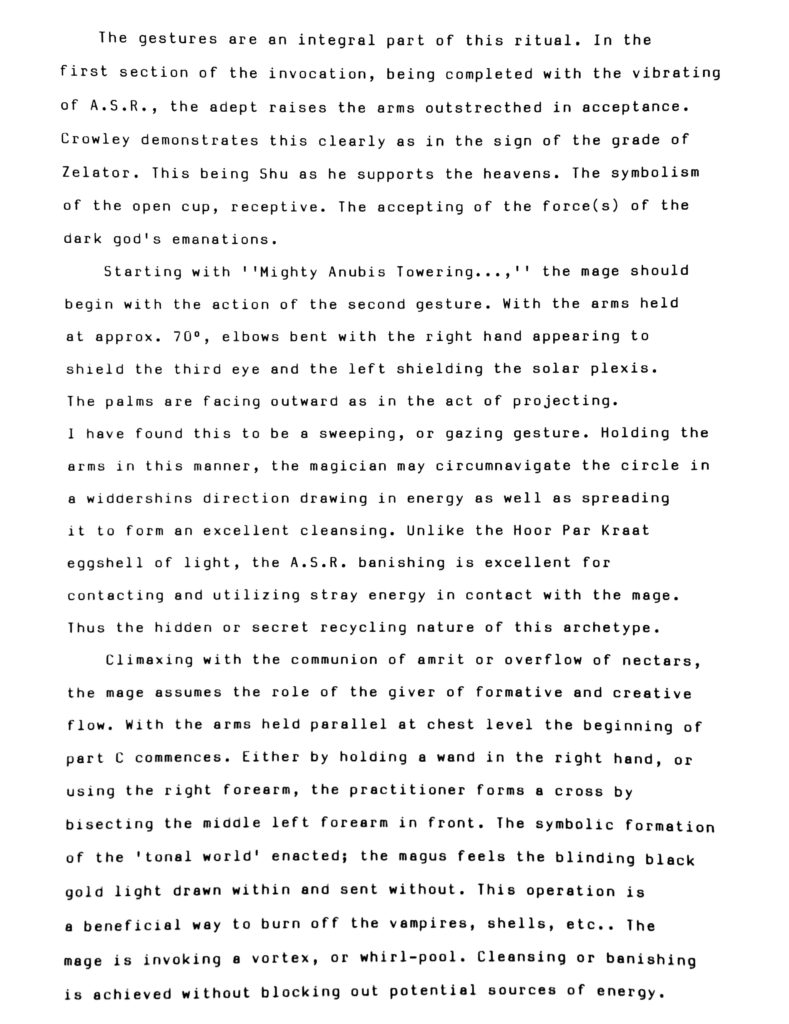
Having had the benefit of participating this past spring with a Virtual Presentation for the Institute of Hermetic Studies 3rd annual conference I had the pleasure of becoming acquainted with the event’s organizer, Mark Stavish. Mark and I exchanged copies of our recent books. I was moved to relay some of my reflections on Mark’s fascinating study: Egregores published by Inner Traditions, 2018. So rather than composing a formal review I have opted to reproduce my letter here in order to convey the overall kinetic and energy of my first reading of the book without subjecting it to any filters or additional polish.
Mark,
First off, I will mention that Egregores raises numerous questions for me. That’s a good thing. I judge a book first off by how much it stimulates me to generate queries on multiple levels. This is not to say that your book falls short of answering these questions but that it in essence generates them. You’ve taken on a monumental topic, one that warrants very careful thought.
The first thing that caught my attention was the collective nature of Egregores which you stress in your initial definition and by many that you site. When you mention Sadhu’s take on egregores as a collective entity such as governments, religions, etc. I had to think back on your stating that egregores are watchers that preside over earthly affairs or activities. As a result I began to wonder about if there may be a connection or fine-line division between egregores and subdivisions of the “world-will.” And I’m not just thinking along the lines of Schopenhauer on this issue but from a Neoplatonic and Hermetic view of the anima mundi as part and parcel of the world-will. Back to Sadhu where he states that egregores are like human bodies with appendages, etc.. This in turn made me think of several things such as the genius loci. For example, if certain parts of the globe are charged with a specific spirit or energy then they could possibly be said to be under the aegis of a specific aspect of the world-will. This in turn could be interpreted as a type of watcher. Dee and Kelly’s governers of the aethers are a case in point where the 91 governors are said to correspond to specific geographic locations. These topoi are then depicted as being imbued or bearing the force of a divine signature. So what I’m getting at here is that I’m wondering if it’s possible that such tellurian forces and their paired watchers may be construed as embodiments or possibly earthly centers where aspects of the localized world-will may be interpreted as under the aegis of egregores. And when I consider that I began to wonder, even if I’m totally missing the ballpark on my previous assertion, perhaps these geographic centers, because of their inherent magical tellurian power may be part of the equation in the formation of an egregore that, let’s say, oversees a particular body politic or government that is located in a specific area. You yourself stated in the section Language as a Control Mechanism about students of Tibetan Buddhism who may never read your monograph that to desire enlightenment wind up trading one egregore for another. This is a critical statement and one that sparked the previous query. “They have traded one mental organizing structure for another” is indeed what is at stake in incorporating any practice into one’s regimen. So when I read that I became wary of my own observation and then thought, rather than supplanting the concept of egregores with some concocted theory of the world-will, perhaps a fusion of the two may be more insightful. In any event, take it with a grain of sand. I’m sure not making any hard and fast assertions, just some observations.
Taking that tack I thought a little further about this quandary: here is the new boss, the same as the old boss whereupn I began to consider the Neoplatonic, specifically Proclus’s and Iamblichus’ approach to the dialectike—the internal process of diaresis and anamnesis, or analysis-division, and reunification, ie synthesis. This dialectike, and not the external mode of debate, is the one that Plato is focused on in the Republic wherein the individual represents the body politic. And each branch of the polis is within. This had me thinking of the great Vedic Asvamedha or Horse Sacrifice or where each part of the horse is emblematic of some portion of the universe. Sacrificing the horse becomes a synecdoche for identifying and sacrificing one’s bonds to the material, or rather the associations one makes with it (this is only one narrow aspect of the rite). Therefore, if a government or political party can be an egregore then one’s own method of governing one’s life may be subject to an overseeing egregore. You address this dilemma well in the book especially in the concluding chapters in re freeing one’s self from egregores and ideas and their consequences.
Dhyana, emptying the mind, as you site in one section is a most powerful means of liberating the self and or protecting consciousness from slavish adherence to an egregore. As you suggest recognizing the “mind forg’d manacles” as Blake put it is the first step toward freedom. For me, though, separating out mental constructs, pitfalls of manas, from animating and generative forces of the world-will seems to be what is at stake in this phase of the process.
However, I’ll be honest, there are a few things I could debate somewhat in the book in re your mention of qliphoth. Scholem himself in discussing the qliphoth as shadows or shells of manifestation suggested that this shadow realm may be the more bona fide aspect of the sephiroth. Jung even hints at this as much in his approach to the shadow self in the red book. By the way, have you read Peter Kingseley’s Catafalque. Interesting book if read in the right frame of perspective. He points out the fact that Jung’s primary interest was in the occult and the shadow or dark side of being. Jung essentially kept it under wraps as he literally said he was afraid of losing all the grant money and endowments if he owned up to it. Admitted to taking himself to the edge barely able to hang on at points. That and his exchanges with Corbin, that had been somewhat suppressed, is the real strength of the book.
Much more to say, but I will let it at that for now.
Very Best,
Bob

